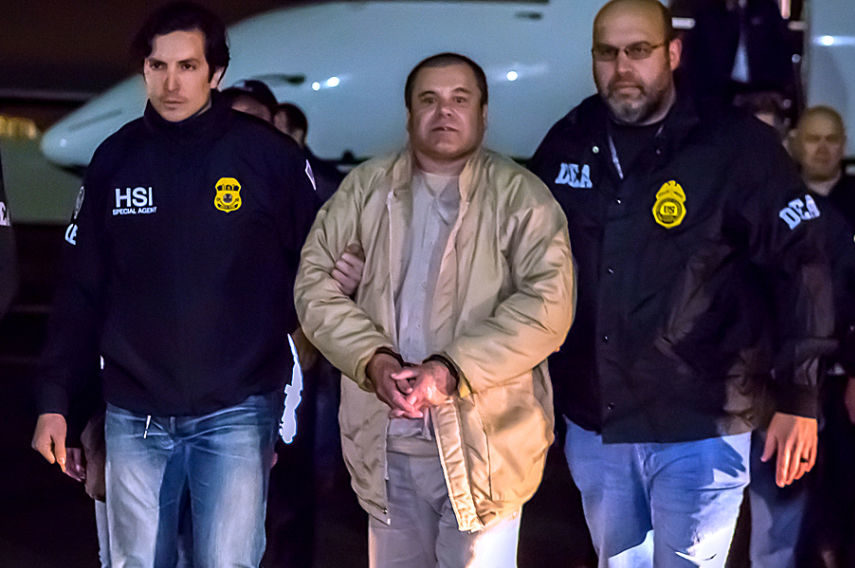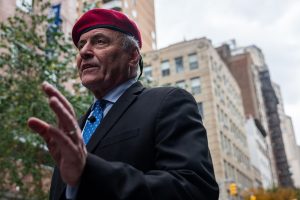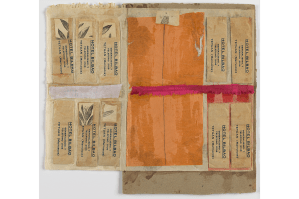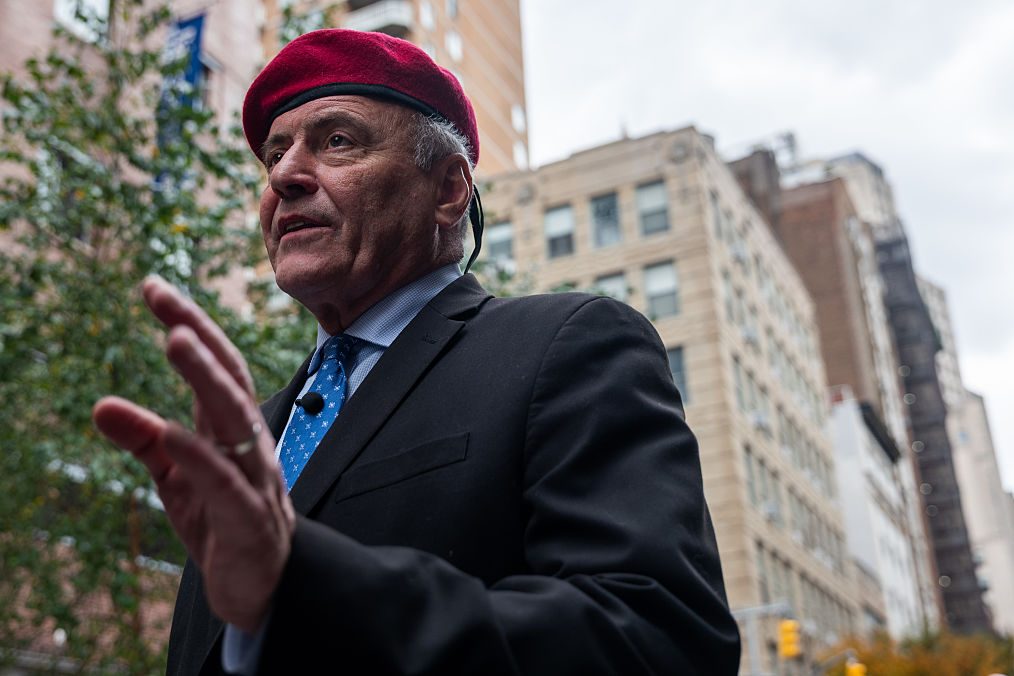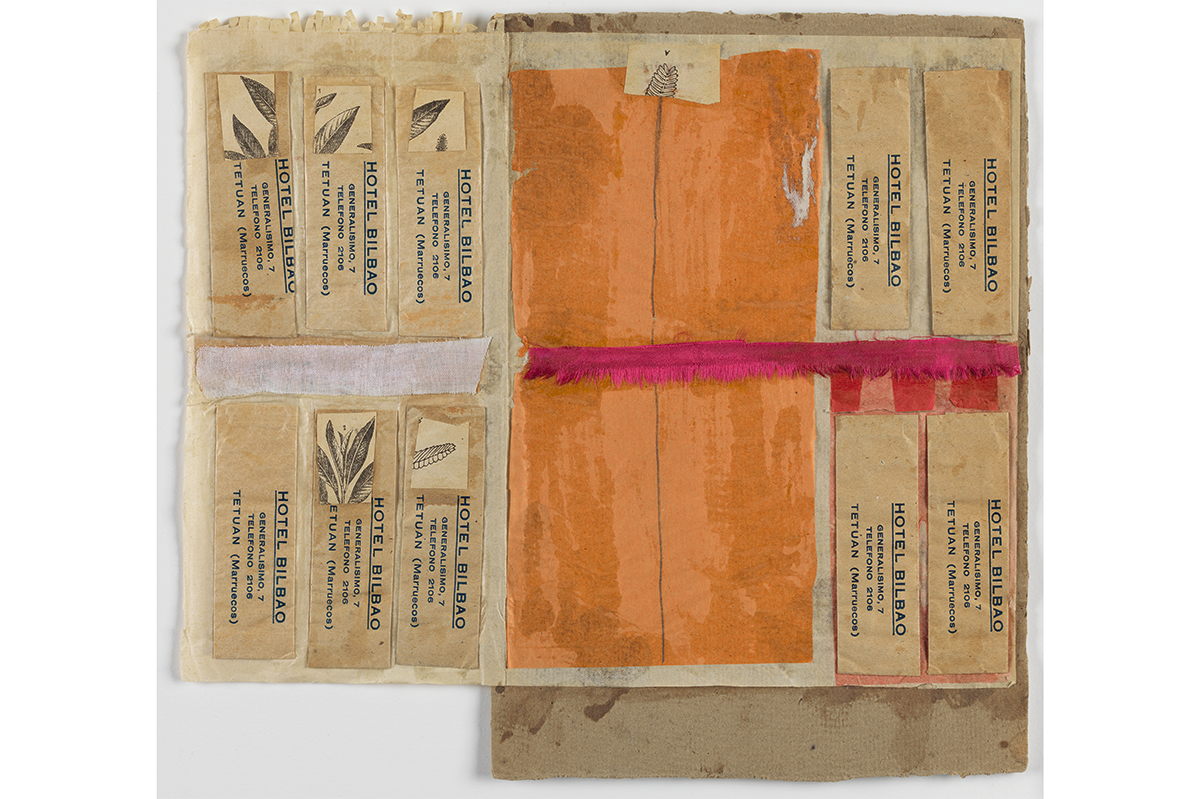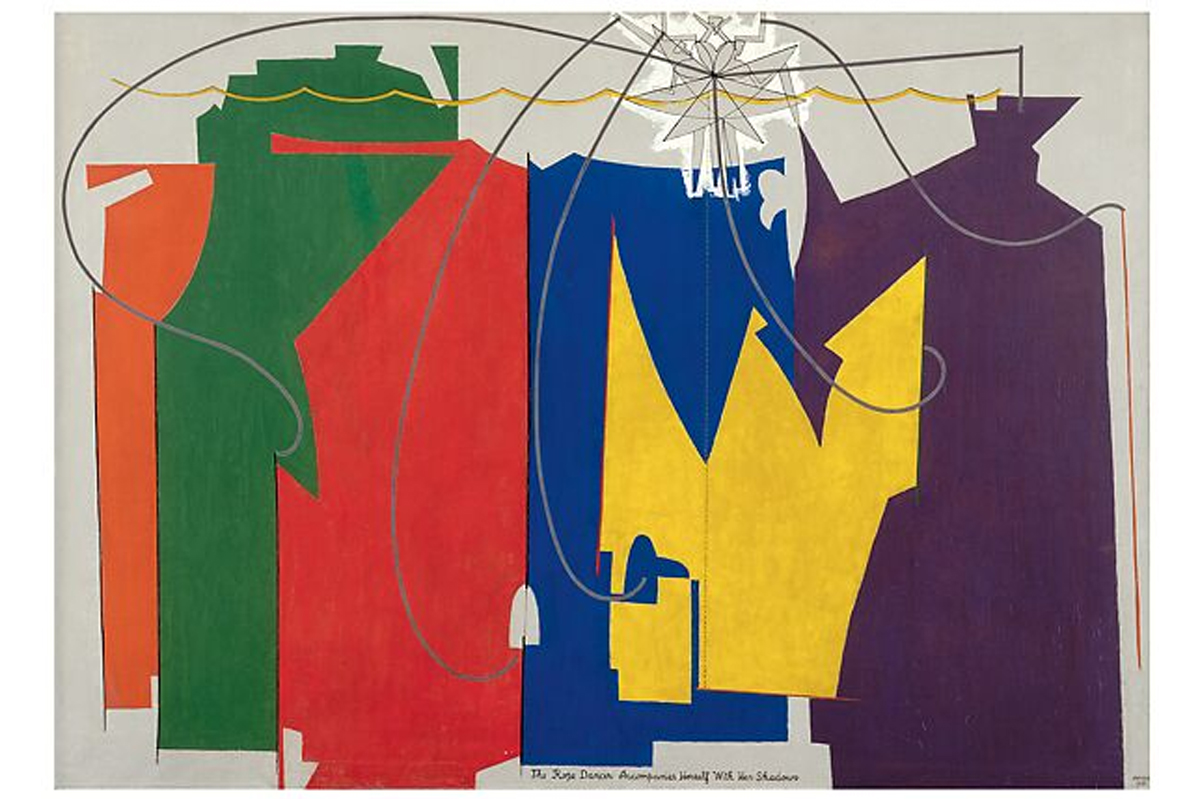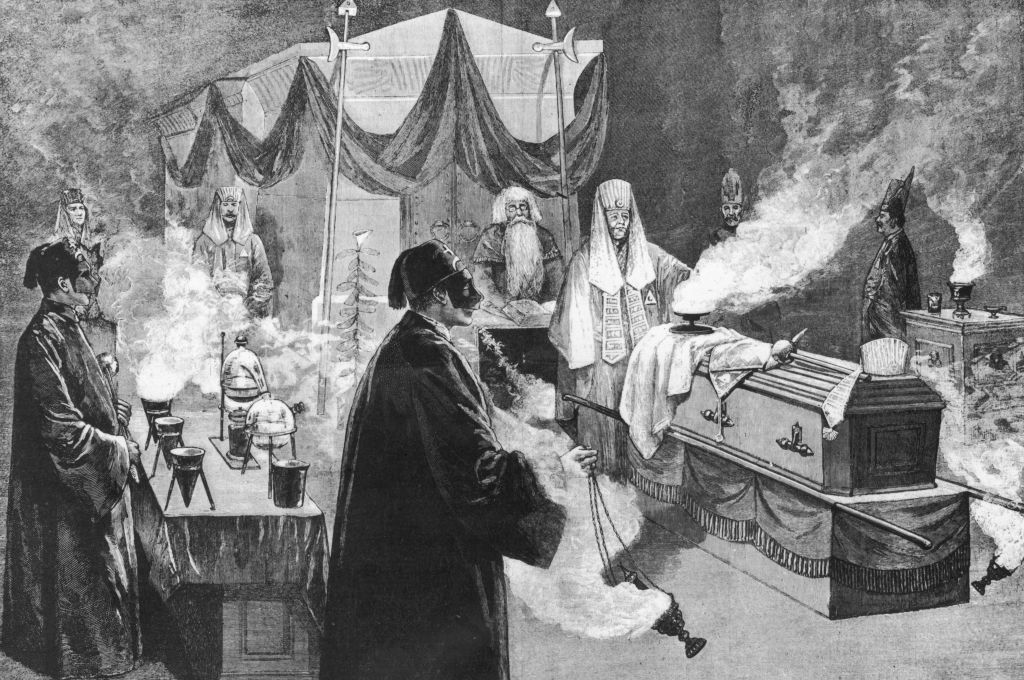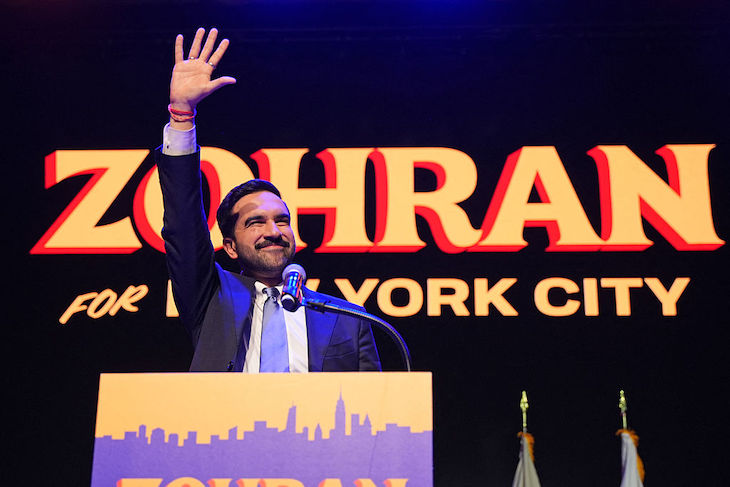It took the jury six days to sift through 11 weeks of evidence and find Joaquín Guzmán guilty of 10 counts of running an industrial scale drug smuggling operation. In so doing they ensured the 61-year-old head of the Sinaloa drug cartel will spend the rest of his life in an American prison.
At the same time, the eight women and four men delivered a death sentence to the legend of El Chapo. Anyone who listened to witness after witness describe stories of corruption, murder and profiteering can have little doubt that Guzmán’s near mythical status as outlaw folk hero – redistributing the wealth of coke-snorting Americans to an impoverished, marginalized, forgotten population – was a fraud.
It was a good yarn while it lasted. A rags to riches tale immortalized in urban legends and narco-ballads, all polished for the silver screen. It is the story of the little man who finds wealth and power but never forgets his roots, standing up for his people against a corrupt government. What’s not to like?
Take the reaction to El Chapo’s 2015 prison break – through a mile-long tunnel fitted with lights, ventilation and a motorbike modified to run on rails – which was typically euphoric. While newspapers around the world treated it as an escape caper, delighting in the details and sophisticated planning, fans in his home state described their pride. ‘El Chapo is more of a president than Peña Nieto,’ said one of the banners carried by marchers in Culiacán, the capital of Sinaloa, in reference to the elected Mexican leader.
Everyone in the state seemed to have a tale of the drug kingpin’s largesse, whether it was a road that would not have been paved without drug money, or the sick relative whose hospital bills were mysteriously paid – even if the details of the stories were often vague.
Of course, they all knew the money originated in the drug trade but some kind of cognitive dissonance was possible when at the heart of it all stood the diminutive figure of El Chapo or ‘shorty’. A cognitive dissonance made easier when no one else in power cared much for the people of Sinaloa, a dirt poor province in the north-west of the country.
How else to explain why El Chapo remained a hero despite his cartel’s leading role in drug wars that by some estimates cost 80,000 dead since 2006?
If the myth was swallowed easily by the dispossessed, it was bought just as easily by liberal Americans as they tried to reason with the failings of the war on drugs. Remember Sean Penn’s exclusive interview with the fugitive El Chapo for Rolling Stone, in which he described approvingly how the Sinaloa cartel reached its great size by using violence strategically, rather than mindlessly like the other gangs? That is before he even comes face to face with the myth at a picnic table in a jungle clearing.
‘This simple man from a simple place, surrounded by the simple affections of his sons to their father, and his toward them, does not initially strike me as the big bad wolf of lore,’ he wrote.
Penn may have been trying his hand at journalism but he turned out to be just another narcotourist, more interested in the myth than the man. The trial in Brooklyn brought out more fans, lining up before 6am each day to secure a seat in the eighth floor courtroom beside lawyers and journalists to catch a glimpse of the diminutive drug lord. (One fan almost ended up on the jury but was screened out after admitting to wanting an autograph.)
Through it all, the evidence chipped away at the myth. Not so much the tales of violence, the lieutenant who described ordering 150 murders or the story of the drug rival shot dead for refusing to shake Guzmán’s hand or details of how a former ally pumped full of so many bullets that his head was left dangling from his neck.
But what sort of Robin Hood makes sure he is attended to by maids while on the run or uses a monogrammed diamond encrusted pistol?
And Guzmán was not some of kind of one-man welfare and protection system, helping people forgotten by Mexico’s fragile social and judicial institutions. He was as much a cause of the country’s brittle governance as its savior, corrupting everyone from the president (at least according to one piece of disputed testimony) down. It was in his interests to keep the country on the brink of collapse.
The worst of it didn’t even make it into the courtroom. Testimony unsealed at the request of VICE and The New York Times revealed allegations that Guzmán procured young girls whom he would drug and rape. He would refer to them as his ‘vitamins’. Some were as young as 13.
His defense lawyers denied those allegations and pointed out that the judge had refused to allow the jury to hear the testimony.
In his closing statement, Guzmán’s defense attorney had one message for the jurors. ‘You don’t have to give in to the myth of El Chapo,’ said Jeffrey Lichtman.
When the verdict finally arrived it was clear that they hadn’t fallen for the legend but had followed the cold, hard evidence. And from the reports of a stunned look on Guzmán’s face, it seems clear that he was the last person in the courtroom to realize that El Chapo was dead.



